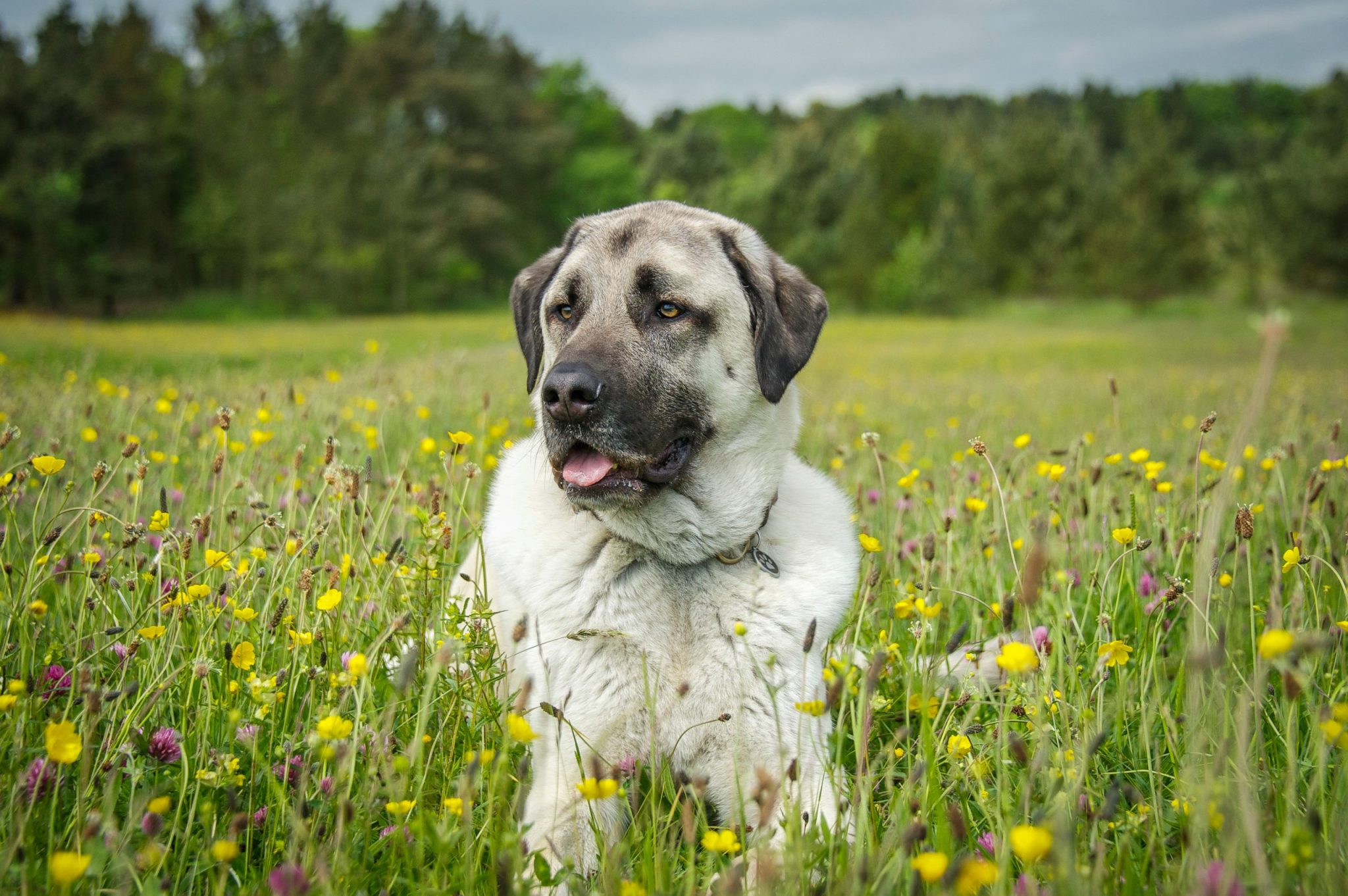 Shutterstock
Shutterstock
Before rolling suitcases and ride-share apps, humans roamed the earth with little more than instinct, starlight, and a loyal dog trotting beside them. For nomadic cultures, dogs weren’t optional—they were essential partners in survival. These rugged breeds herded livestock, guarded camps, and braved wild landscapes without hesitation. Whether crossing deserts, climbing mountains, or sleeping beneath the stars, these dogs matched every step with devotion and grit. They weren’t just pets; they were four-legged co-pilots who turned survival into teamwork—and probably stole a few bites of dinner along the way.
Tibetan Mastiff
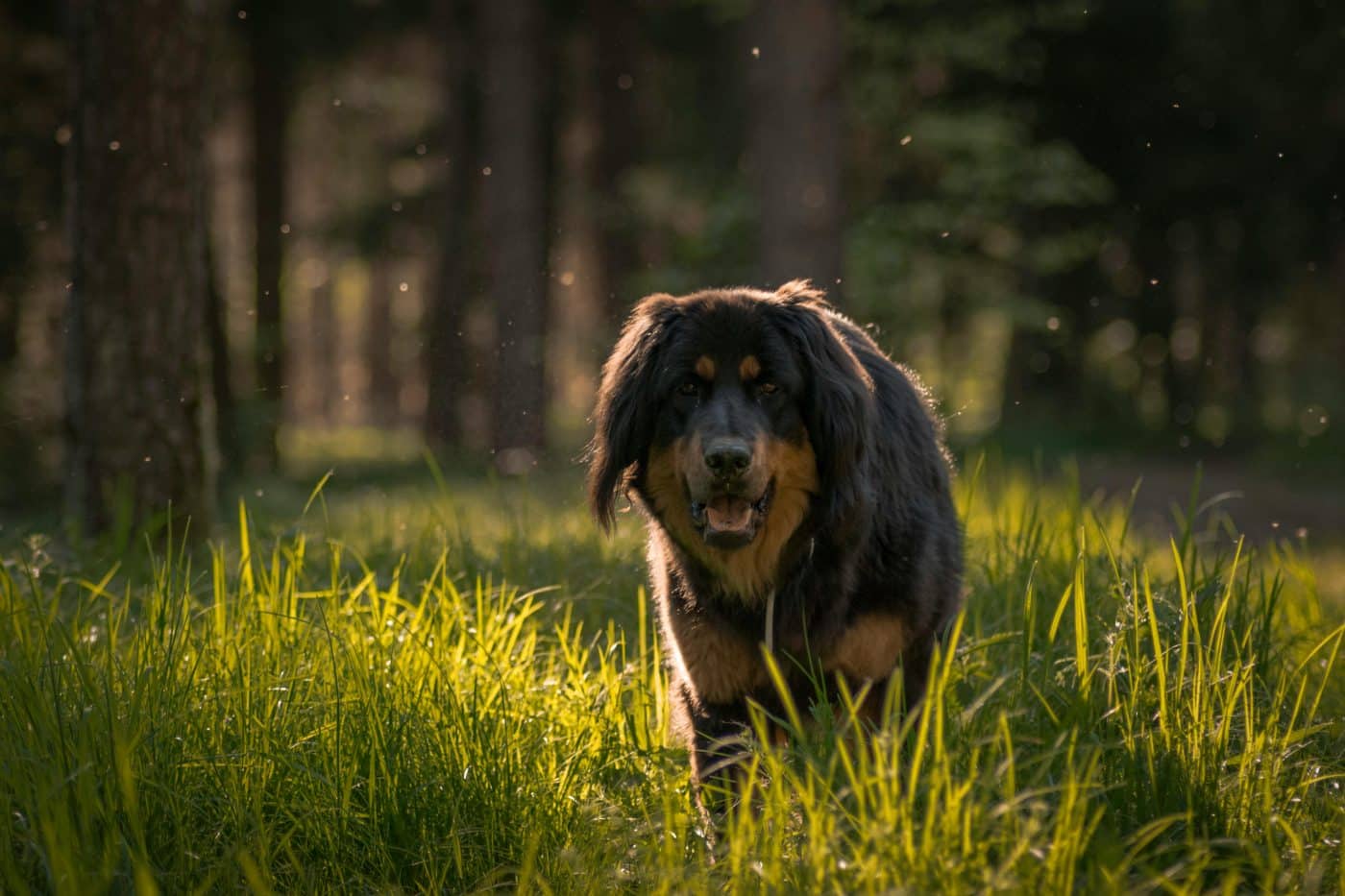 Shutterstock
Shutterstock
Towering and majestic, the Tibetan Mastiff was the ultimate guardian of nomadic tribes in the Himalayas. Bred to protect flocks, camps, and monasteries from predators and intruders, these dogs were essentially the furry bouncers of the Tibetan plateau. With a thick double coat and an intimidating presence, they thrived in cold, high-altitude environments and were fierce enough to challenge wolves and snow leopards. Their independent nature made them perfect for people always on the move—they didn’t need micromanaging; they just needed something to protect. Plus, their booming bark was basically an ancient alarm system with paws.
Saluki
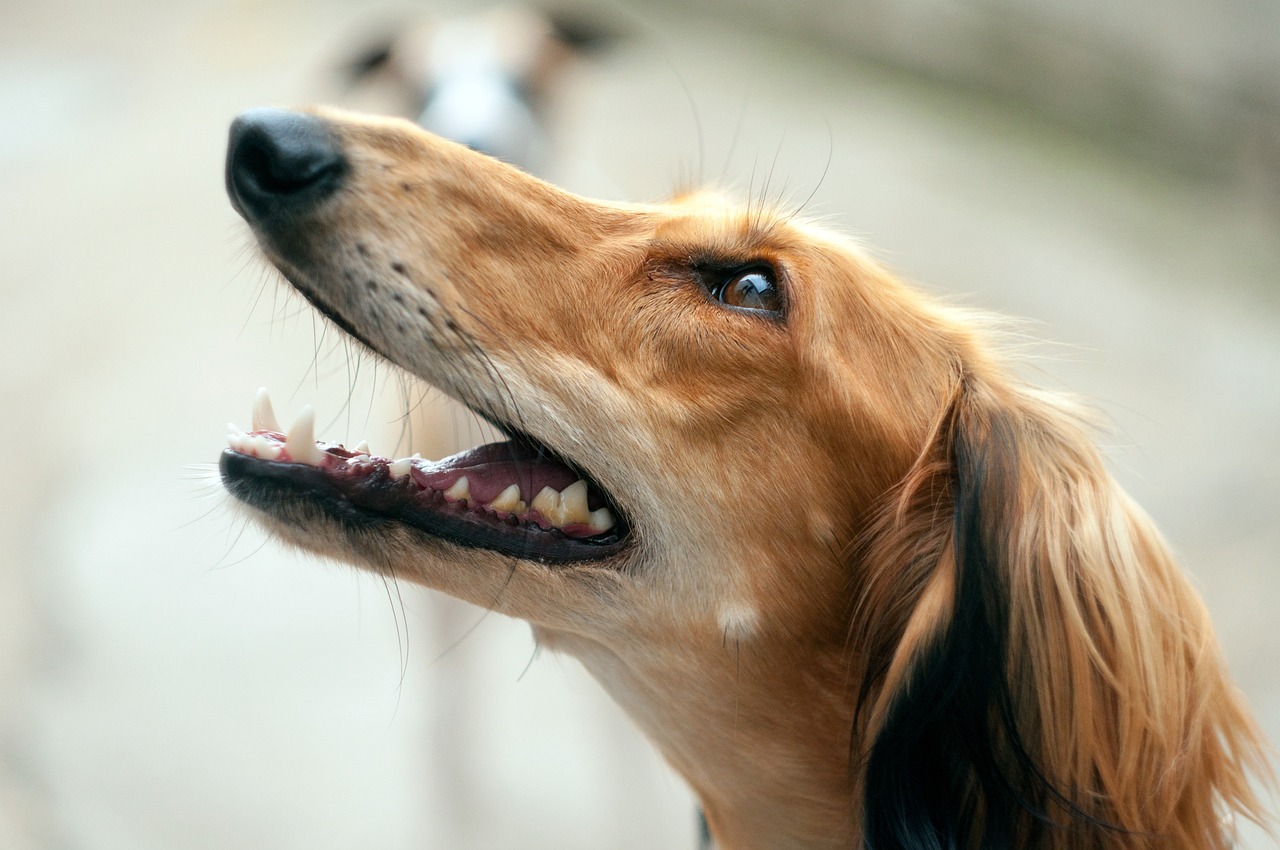 Shutterstock
Shutterstock
Graceful, lightning-fast, and elegant, the Saluki was a prized companion among nomadic Bedouins who roamed the deserts of the Middle East. This breed’s ability to chase down game over vast stretches of sand made it a vital hunting partner. But it wasn’t just about utility—Salukis were considered spiritual gifts, often sleeping in tents and treated as family members. Their lean build and endurance meant they could keep up with migrating tribes across some of the harshest landscapes on Earth. In the age of GPS, these dogs were the built-in tracking system—just quieter and with better eyeliner.
Afghan Hound
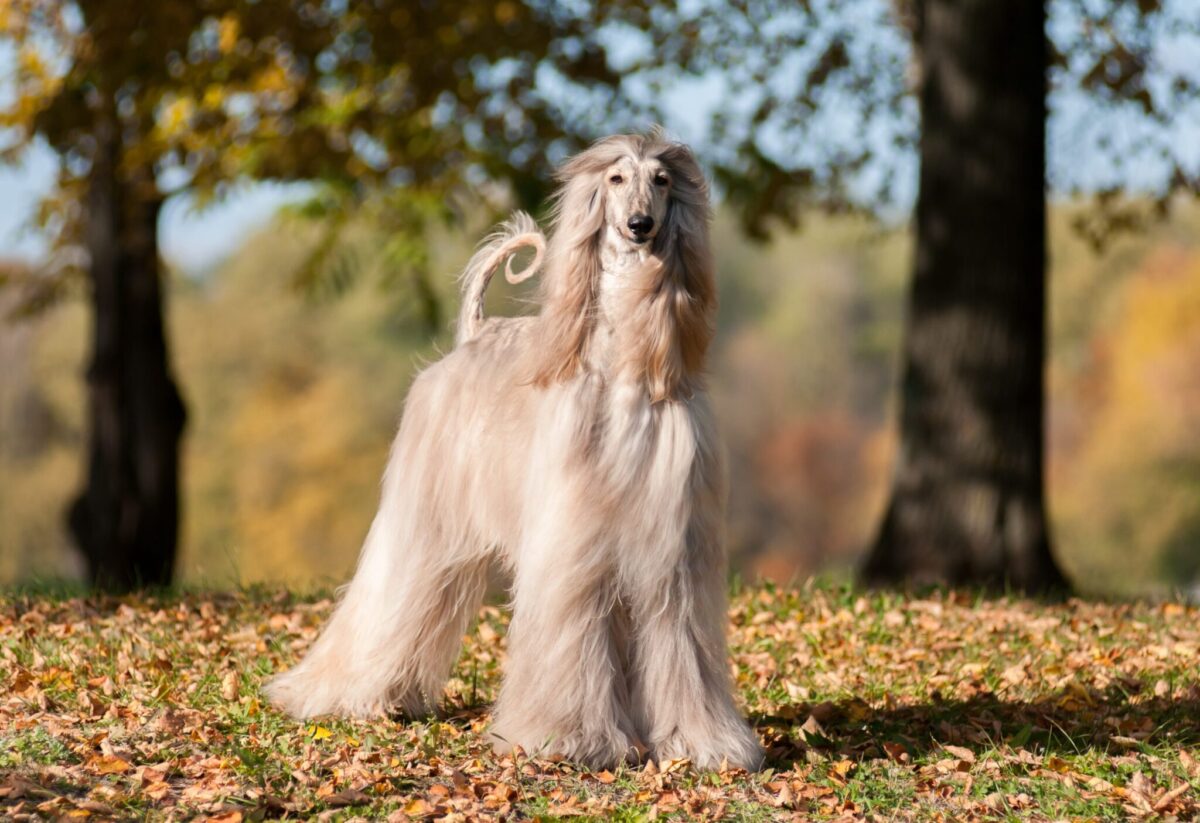 Shutterstock
Shutterstock
With its flowing locks and regal stride, the Afghan Hound might look like a show dog today, but its roots lie in Afghanistan’s rugged mountains and deserts. Bred by nomadic tribes to hunt, game, and navigate difficult terrain, Afghan Hounds combined speed, agility, and endurance. Their long, silky coat wasn’t just for drama—it protected them from the elements while traversing rocky landscapes and chilly nights. Despite their high-fashion looks, these dogs were rugged travelers, helping humans survive by sniffing out food and danger. Imagine traveling cross-country with a model who can also hunt dinner.
Central Asian Shepherd
 Shutterstock
Shutterstock
Also known as the Alabai, the Central Asian Shepherd has been roaming with nomads across Central Asia for over 4,000 years. These massive guardians were bred to protect livestock from predators like wolves, bears, and snow leopards. Their calm yet fearless nature made them ideal for guarding large herds and campsites, even in remote, unforgiving landscapes. Adaptable and resilient, they could travel for miles without tiring—just like their human counterparts. If you’re going to spend your life constantly on the move, it helps to have a 150-pound best friend who doesn’t mind sleeping outdoors.
Spanish Mastiff
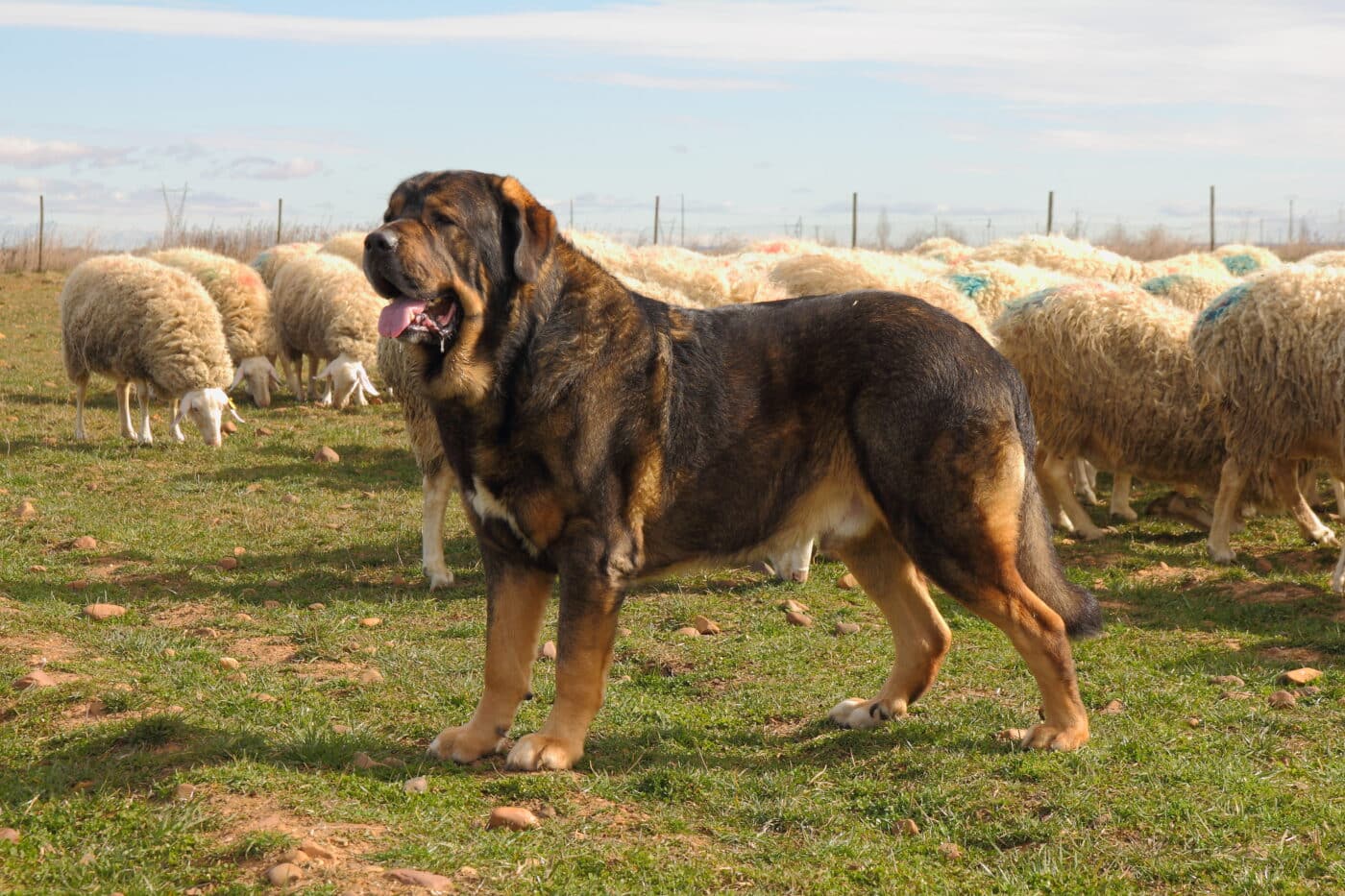 Shutterstock
Shutterstock
The Spanish Mastiff has been a trusted companion of nomadic shepherds on the Iberian Peninsula for centuries, especially those guiding their livestock along traditional transhumance routes. These massive, steady dogs were bred to protect flocks from wolves and other predators during long seasonal migrations between mountain and lowland pastures. Their size alone was enough to deter threats, but their calm, loyal, and watchful nature made them truly invaluable. Spanish Mastiffs didn’t just walk alongside herders—they acted as mobile fortresses, ready to defend the flock immediately. If you had 3,000 sheep and zero fences, this was the dog you wanted.
Saarloos Wolfdog
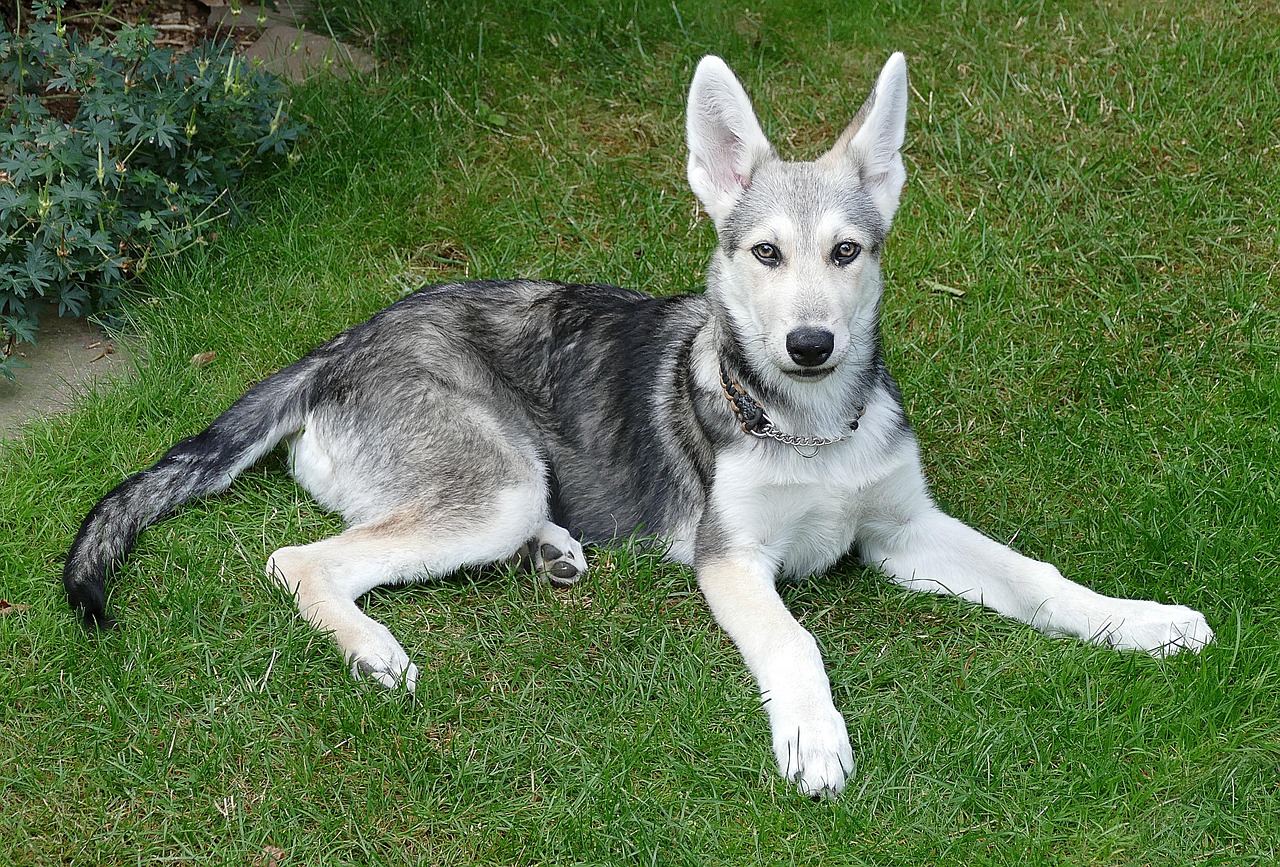 Shutterstock
Shutterstock
Developed in the 20th century but inspired by ancient instincts, the Saarloos Wolfdog carries the spirit of travel deep in its DNA. Bred from German Shepherds and European wolves, this breed reflects the primal qualities valued by nomads: endurance, intelligence, and independence. While not traditionally tied to any single nomadic group, the Saarloos’s wolf-like behavior and preference for wide, open spaces make it a natural fit for a roaming lifestyle. It’s the kind of dog that doesn’t follow a trail but reads it. If your life involves constant movement and adventure, the Saarloos won’t just come along—they’ll scout ahead.
Greenland Dog
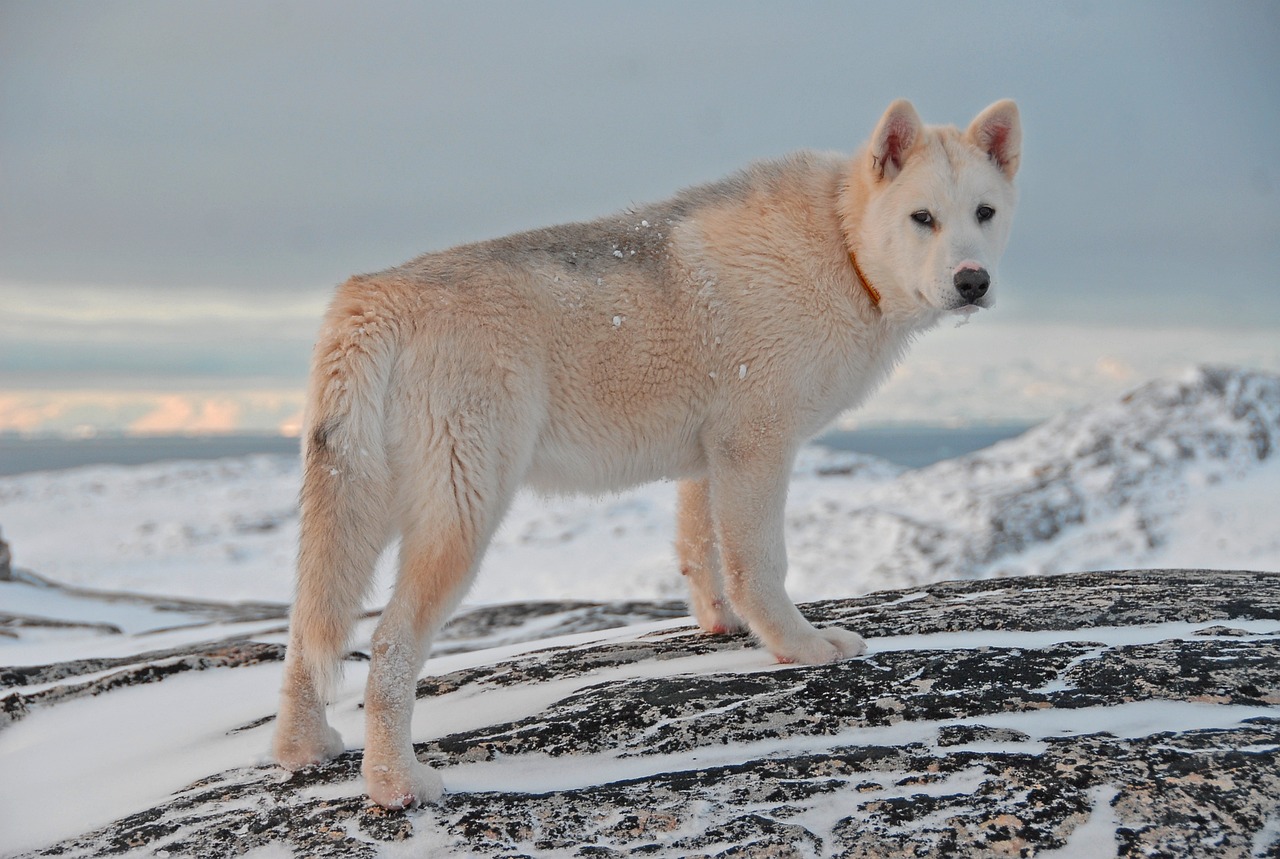 Shutterstock
Shutterstock
Used for centuries by Inuit and other Arctic nomads, the Greenland Dog is a true working dog that thrives in icy, remote environments. Originally bred for pulling sleds and assisting with hunting, these powerful and resilient dogs were indispensable in daily survival. With incredible endurance and a coat made for freezing winds, they helped their human companions travel long distances across snow and ice. Despite their strength, they’re pack animals that bond closely with people and fellow dogs. Think of them as snowmobiles with feelings—and fluff.
Anatolian Shepherd
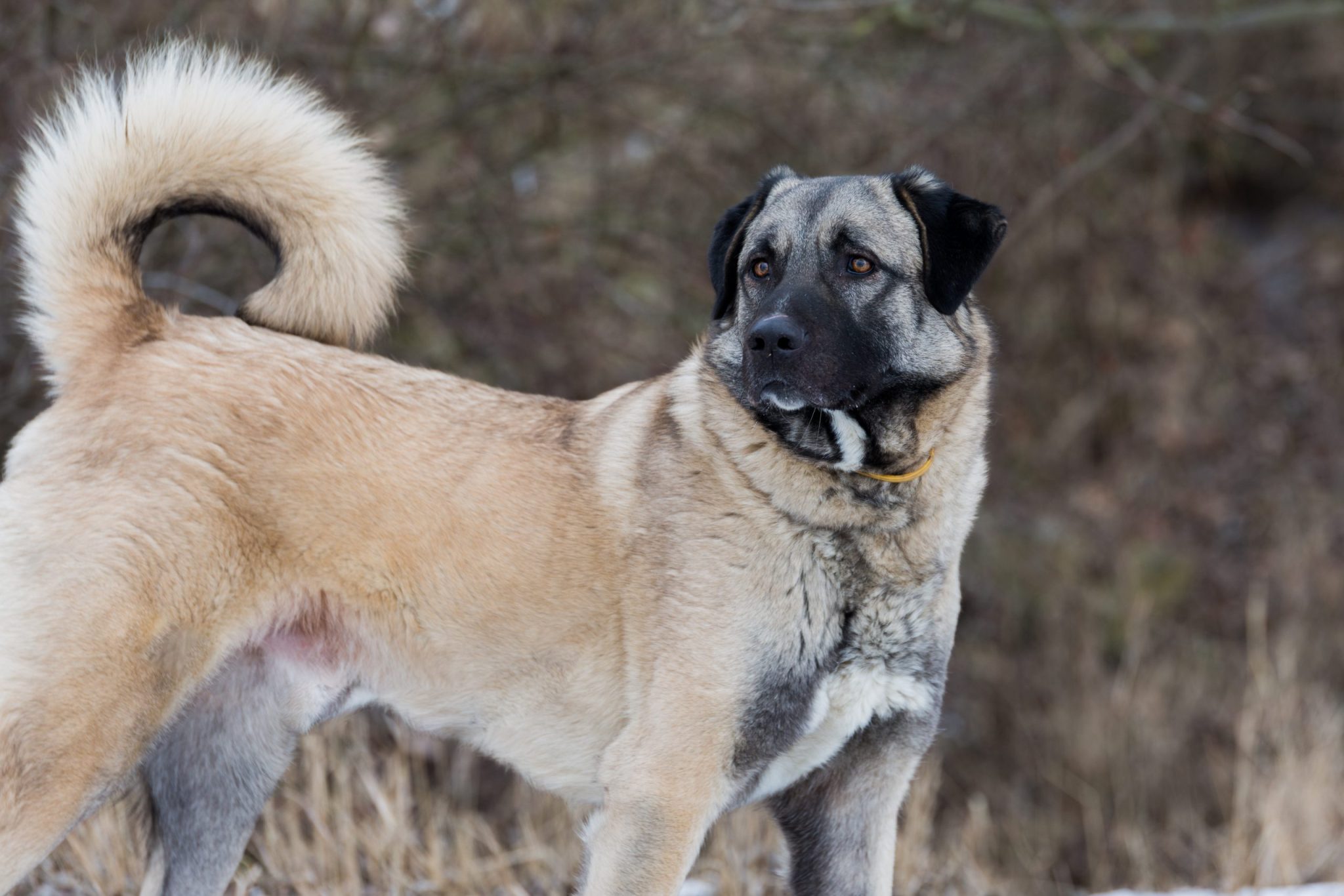 Shutterstock
Shutterstock
The Anatolian Shepherd has been walking the dusty roads of Anatolia (modern-day Turkey) with nomads for thousands of years. Bred to protect flocks from predators, they were essential to the survival of migratory herding cultures. These dogs are fiercely independent, intelligent, and capable of making split-second decisions without waiting for commands—a crucial skill when your sheep are wandering toward trouble and you’re miles from home. Their short coat and sturdy build made them ideal for the region’s varied climate, from snowy mountains to dry plains. Basically, they’re the Swiss Army knife of dog breeds—tough, reliable, and always ready for action.
Tuareg Sloughi
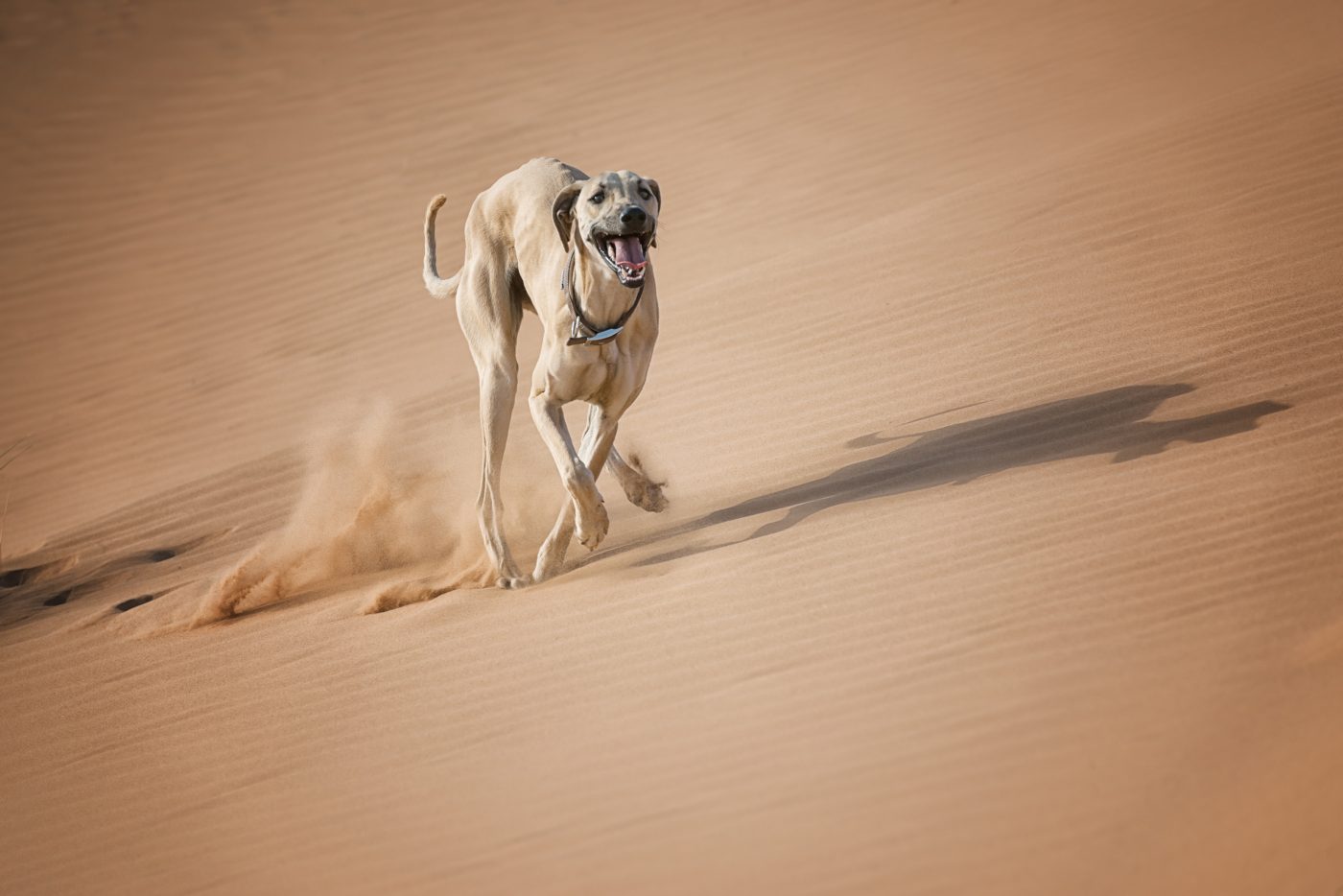 Shutterstock
Shutterstock
The Sloughi, or Arabian Greyhound, was a favored companion of the Tuareg nomads in North Africa. This sleek sighthound was treasured for its ability to chase down game like gazelle, often running alongside camels for miles at a time. Fast, agile, and incredibly loyal, the Sloughi wasn’t just a hunting dog—it was a status symbol and often treated with deep reverence. They adapted perfectly to life in the desert, able to thrive on little food and water while staying alert and protective. If elegance had survival instincts, it would look exactly like a Sloughi on patrol.
Will Travel For Snacks And Scratches
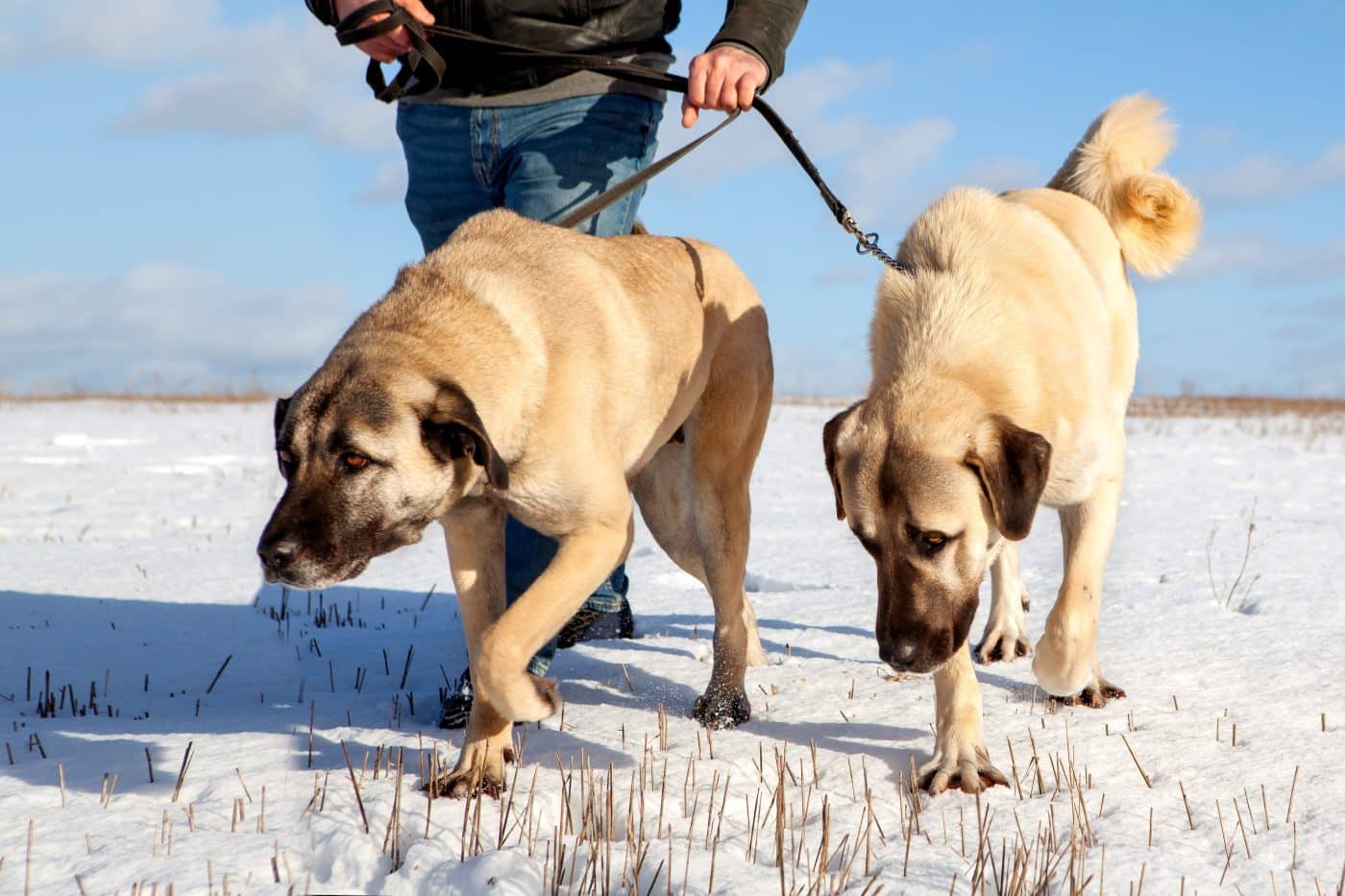 Shutterstock
Shutterstock
These dogs weren’t built for staying put—they were made to roam, protect, herd, and occasionally steal your campfire leftovers. For centuries, they kept pace with humans who measured life not by addresses, but by seasons, stars, and survival. These loyal, hardworking pups weren’t just pets but part of the pack—guardians of the journey and keepers of the path. So the next time you’re on a road trip, remember that these breeds were doing van life way before it was cool.
 Toledo, United States.
Toledo, United States.
